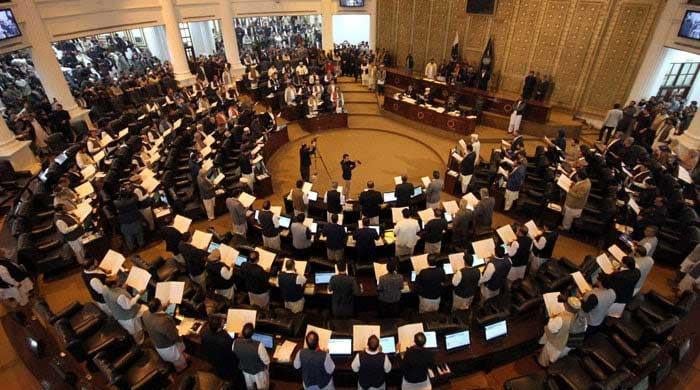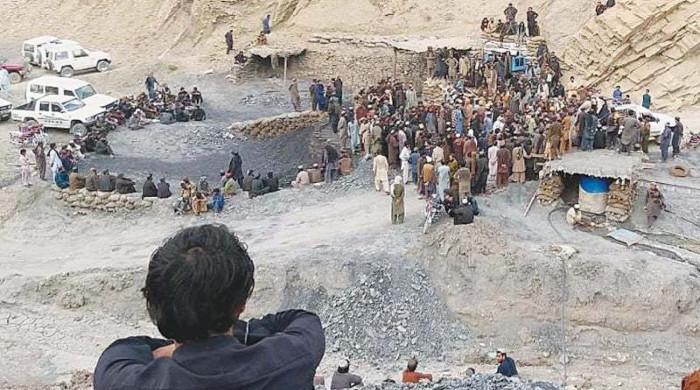A brief history of the national monuments of Pakistan
From monuments that are featured on the national currency notes, to mausoleums of prominent Pakistanis, let's look at a brief history of some of the national monuments of Pakistan.
August 13, 2018
Pakistan is a land of numerous architectural landmarks. From monuments that are featured on the national currency notes, to mausoleums of prominent Pakistanis, let's look at a brief history of some of the national monuments of Pakistan.
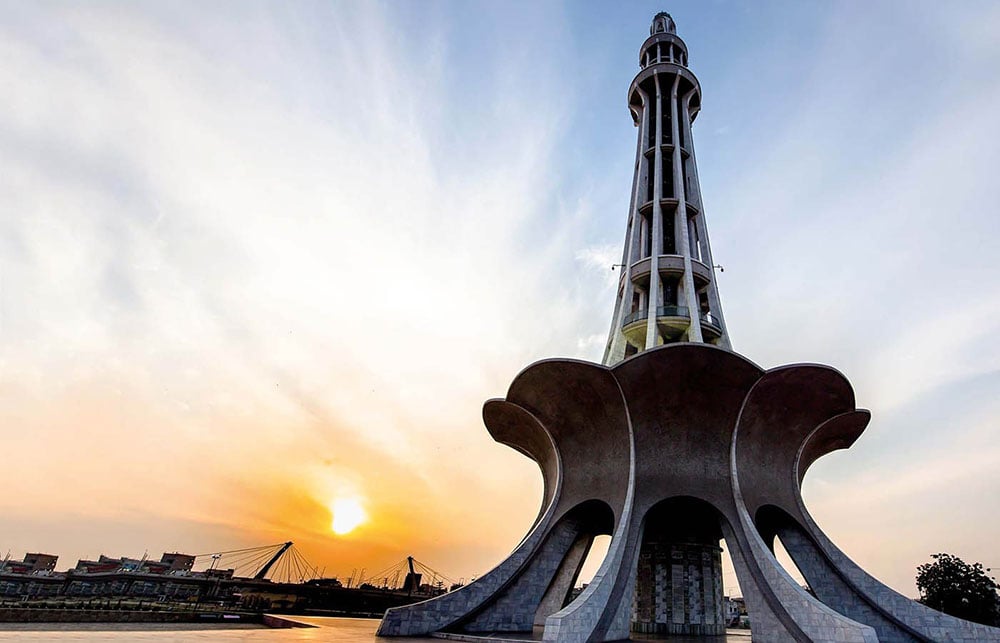
Minar-e-Pakistan
Perhaps the most renowned of them all is this 70 meters high towering memoir of the Pakistan’s resolution that marked the first step in the history of creation of Pakistan. Its construction began in 1960, and finished in 8 years to be completed in October 1968.
Considered as a blend of Islamic and Mughal cultures, this national monument draws its three steps symptomatic of the three stages of the challenges and successes in the independence of Pakistan. The first step is made from stone from Taxila, the second step from hammered stone, the third with chiseled stones and the fourth and final step is made of white marble.
The floral inscriptions at the base of this Minar shows the text of the Pakistan Resolution that solidified Iqbal’s dreams and Jinnah’s struggle. Excerpts of some of the historic speeches by Quaid-e-Azam and Allama Iqbal are inscribed on the structure. To this day, Minar-e-Pakistan remains a coveted political ground for politicians and revolutionaries.
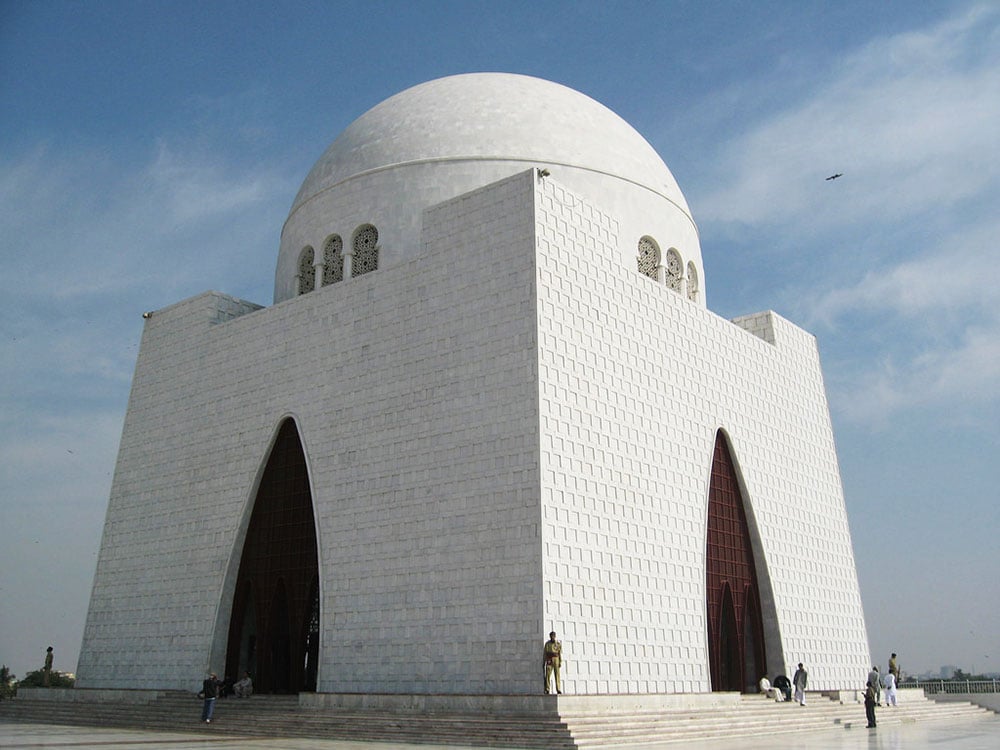
Quaid-e-Azam’s Mausoleum
The resting place of the nation’s benefactor Muhammad Ali Jinnah is situated at a relatively calmer area of the busy city of Karachi. Visible at night from several miles in the city of lights, this tomb was constructed twelve years after the death of the man eternalizing this monument.
Entering the mausoleum through one of the four pointed arches one comes across a grand octagonal space with a ceremonial sarcophagus in its center. The actual tomb is most likely situated directly beneath this sarcophagus in a subterranean chamber.
The mausoleum is a simple and elegant form constructed of pristine while marble topped with a stucco dome. The interior and exterior of the structure are also in white marble, complemented only by the stucco dome and copper lattice work at each of the four pointed arch entrances.
What many people might not know, especially those who have not yet visited the tomb, is that the mausoleum is also the final resting place for Jinnah’s sister Mohtarma Fatima Jinnah, and the first Prime Minister of Pakistan Liaquat Ali Khan. Abdur Rab Nishtar and Nurul Amin are also laid besides these grand personalities.
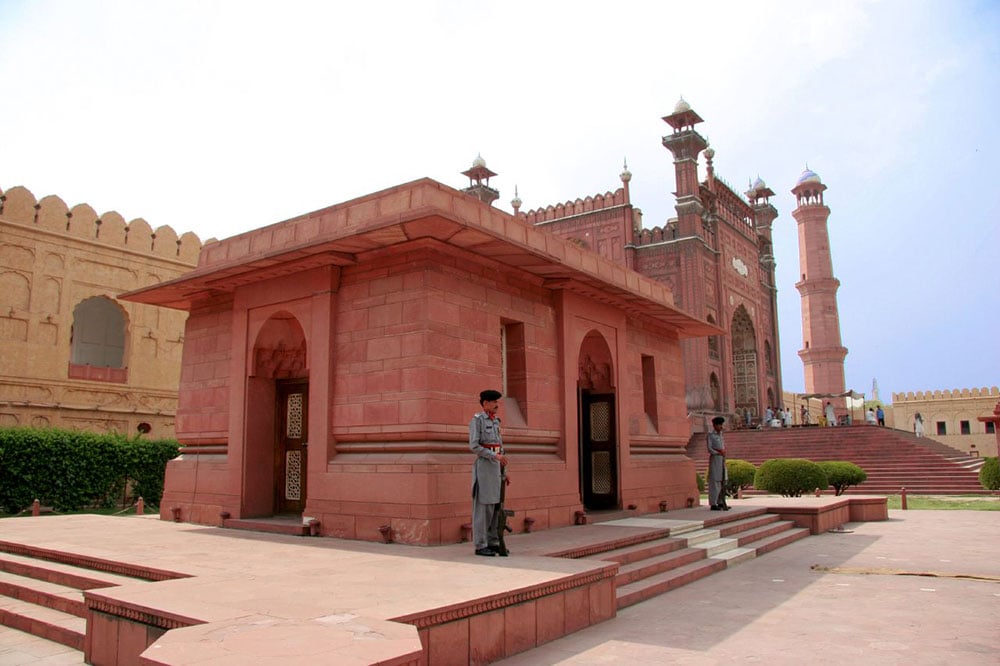
Allama Iqbal's Tomb
Perhaps one of the simplest nevertheless towering national monuments of Pakistan is this final resting place of the national poet of Pakistan. Situated in the Hazuri Bagh on the southeast of the main gateway of Badshahi Mosque – another identification mark of Takht-e-Lahore – this mausoleum took thirteen years to complete after the death of Allama Muhammad Iqbal.
The tomb was designed with a new combination of architectural designs rather than following any specific school of architect. The tomb as it appears today was constructed with a mix of Mughal tradition and Moorish and Afghanistan architecture. Tiled with marble, two gates stand at the eastern and southern sides of the tomb.
The grave inside is built with white marbles and there are Quranic verses inscribed in calligraphy on tombstone. The tombstone was gifted by the people of Afghanistan. Ghazals from Iqbal’s book ‘Zabur-e-Ajam’, are also carved inside the walls. A small garden outside the constructed mausoleum serves a sitting place for the lovers of history and poetry alike.
Like the mausoleum of Quaid-e-Azam, an official guard is also maintained at this tomb by Pakistan Rangers. No national day goes by without a change of guard and an attendance of high ranking officials paying respect at these two resting places of Pakistan’s muhsen and Pakistan’s muffakar.
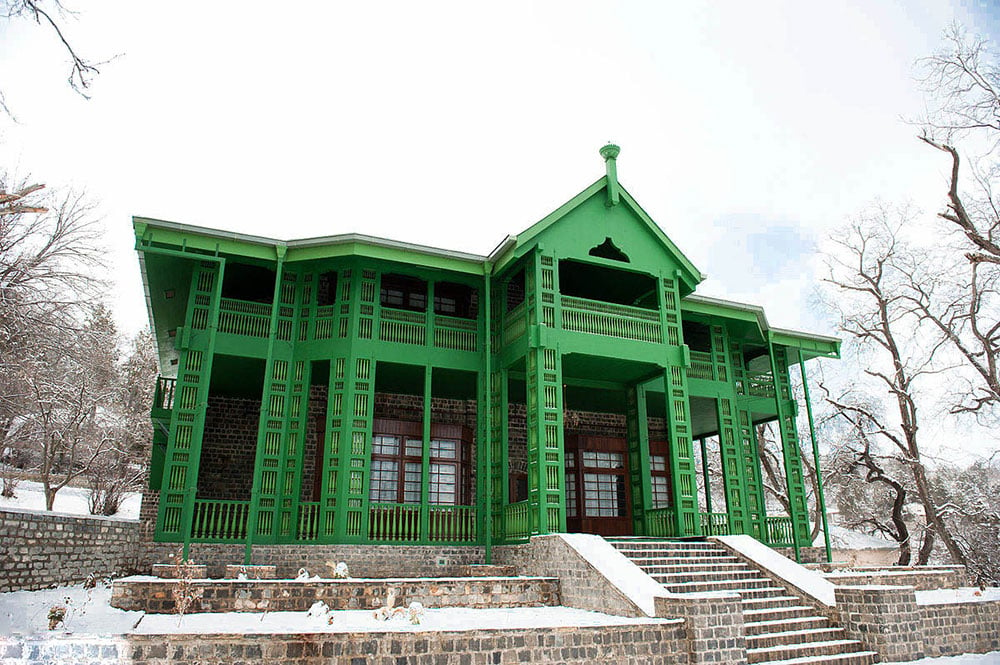
Ziarat Residency
Constructed and opened in 1892, Ziarat Residence, or Quaid-e-Azam residency as it came to be known later, is an emblem of history and a tourist spot, located in the heart of Ziarat, Balochistan. This is the place where the founder of Pakistan spent the last two months and ten days of his life, before he succumbed to tuberculosis.
Occupied by high ranked British officers before the independence of Pakistan, and then Muhammad Ali Jinnah’s chosen place to spend his ailing time, this residency is more than a sentimentally fond memoir for Pakistanis. It was a place of fascination and learning for the lovers of history and the admirers of Quaid-e-Azam.
The 100 Rupees note of Pakistan’s currency has further exalted the place which was a museum for decades featuring Quaid’s belongings on display. The bomb attack of June 2013 on this residency, however, changed the entire landscape and destroyed many of the precious belongings of Pakistan’s founder. However, the reverence that the countrymen have for this heritage site, and the man who immortalized it is indestructible and will stay forever.
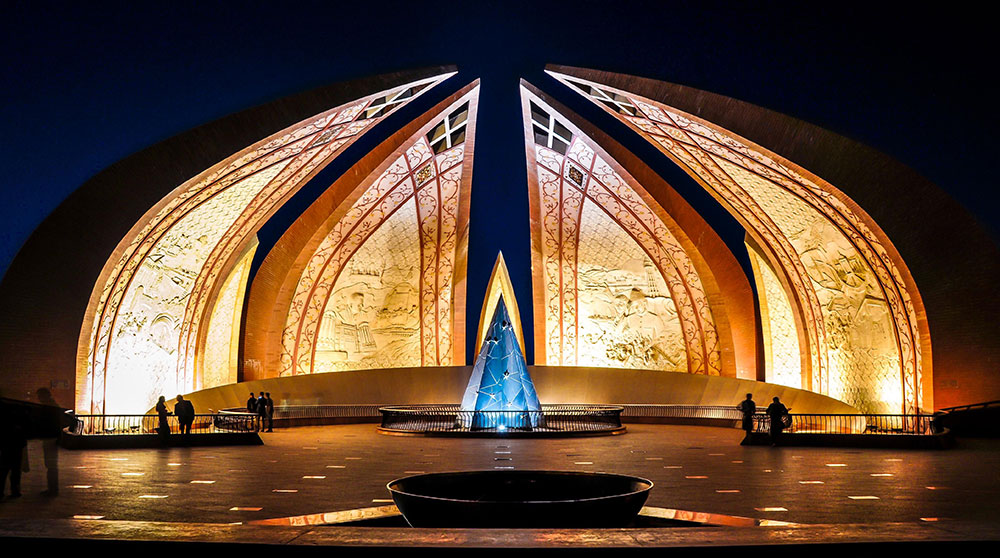
Pakistan Monument
Situated at the west viewpoint of the Shakarparian Hills, Islamabad, this national pride was laid down in May 2004, and inaugurated on March 23, 2007.
This national monument, comprising of four large petals and three small petals, is symbolic of the four provinces and AJK, Gilgit-Baltistan, and FATA. The blossoming flower as a whole is also a bode and prayer to a progressing Pakistan.
The inner walls of these granite petals are decorated with murals, that are primarily based on Islamic art. This monument is a symbol and reminder of the history and heritage of Pakistan, the sacrifices that went into its creation, and the culture that makes it 'Pakistan'.








